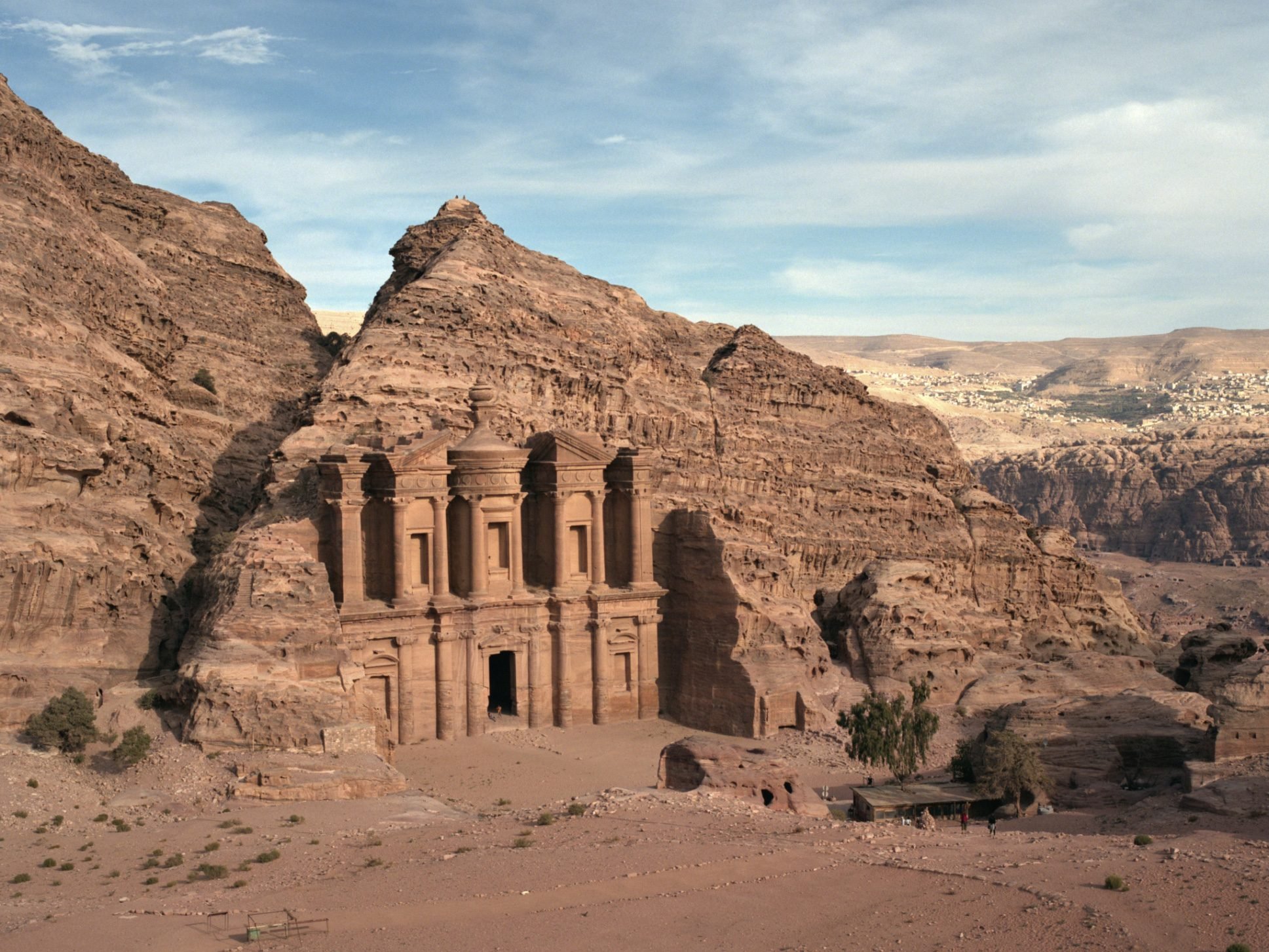10 Ancient World Architectural Wonders You Shouldn’t Miss
Built without the modern machinery and technology we’ve come from today, these ancient architectural wonders are just amazing and should be in your travel list

The Pyramids – Egypt
No list of ancient world architectural wonders is complete unless the famous pyramids of Egypt are mentioned. The Djoser pyramid, the oldest of the pyramids, was built around 2630 B.C. Experts are still unable to conclude that the ancient Egyptians built these perfectly aligned structures using only physical strength. Up to 100,000 slaves are thought to have worked over the years to construct these massive, mysterious tombs, which are still regarded as one of the Seven Wonders of the World.

The Roman Aqueducts – Italy
A list of ancient architectural wonders must include aqueducts built by ancient Romans around 145 B.C. to bring water into the Roman Empire. What’s the most fascinating part? The aqueducts operate solely on gravity, implying that the water has been syphoned through the design. This is one of the first and most impressive examples of engineering, especially given the limited resources available at the time. The aqueducts are still in place today. Many were lost and forgotten for a long time, and were eventually taken over by shrubs and vines, but some are still visible today as they were a thousand years ago.

Al Khazneh – Petra, Jordan
The Treasury of Petra, carved into rose-colored rock, is one of the world’s most adorned structures. The sandstone carving was originally built as a crypt in the first century A.D. and is reminiscent of Greek architecture from the time. Even today, the complex details that have largely remained intact are what make it so impressive. Many legends surround its creation, ranging from the Egyptian pharaoh’s use of it as a treasure house during Moses’ time to a hiding place for thieves and pirates to stash their stolen goods. Regardless of why it was built, its architectural beauty is undeniable.

Ancient Building Feats:AchitChand Baori – India
According to a legend, ghosts built the architectural marvel in the tenth century in the village of Abhaneri in Rajasthan, India, where the Chand Baori stepwell is located. As far-reaching as this may appear, it appears that there is no other explanation for how this well-designed stepwell came to be. It was built around 900 AD by King Chanda to alleviate the area’s drought. King Chanda dedicated it to Hashat Mata, the goddess of happiness, and dug it in a V-shaped almost 100 feet beneath the earth’s surface, with approximately 3,500 perfectly levelled steps. Details about its impressive structure are unknown.

Prehistoric Marvel of Design: Megalithic Temples – Malta
The 11 Megalithic Temples in Malta are prehistoric wonders built between 3000 B.C. and 700 B.C. The construction of the temple was extremely important during this time period, and each of these structures was an improvement over the one before it. Some archaeologists believe that the temples – described as the world’s oldest independent buildings – were built to worship specific gods, and given the lack of adequate tool building at the time, many people are still impressed with the intricacies of each bear.

Leshan Giant Buddha – China
The Leshan Giant Buddha in Sichuan, China, began construction around 713 A.D. Due to financial constraints, construction of the magnificent monument, the largest statue in pre-modern history, has been halted for approximately 70 years. The project was restarted and completed in 803 A.D. The wild rivers – now quietly lying at the foot of the statue – made it difficult for ships to pass in those days, so a Chinese monk attempted to build the statue. In Buddha’s honour, he believed the statue would calm the water. Finally, so much stone was extracted from the mountain to create the statue that when it fell into the water and remained there, it actually made the turbulent water quieter and easier for ships to cross. This massive statue, built entirely by hand, is still the world’s largest Buddha statue.

Greatest Engineering Feat : Great Wall of China
The Great Wall of China, possibly the greatest engineering achievement in history, began construction in the 7th century B.C. Several Chinese dynasties continued to guard the country’s borders against intruders. The Great Wall, which stretches for over 21,000 kilometres, took hundreds of years to build. Millions of prisoners have been forced to work on the wall, and it is estimated that nearly one million people have died as a result of its construction. This 2,000-year-old stone, brick, and wood wall still stands today and attracts millions of visitors each year.

Stupendous Structure of the Inca Empire: Sacsaywaman – Peru
Sacsaywaman is a stone fortress and architectural marvel located in Cusco, Peru, which was once the Inca Empire’s capital. Because some of the stones used to construct the castle weigh up to 200 tonnes, it was built prior to the Inca Empire, between 900 and 1200 A.D. Even more impressive is the fact that the steel was intricately cut to fit closely together, allowing the walls to stand for centuries without the use of any type of morter or grout. Sacsaywaman is thought to have been built by people who took the stones from a quarry several miles away. According to legend, each stone was tied to a cord and dragged to its final destination. When Spain invaded Cusco in the mid-1500s, they thought Sacsaywaman had to be built and ordered it to be destroyed by demons. However, much of the structure is still standing today because many of the stones were simply too heavy for the Spaniards to move.

Amazing Construction of the Antiquity: The Parthenon – Greece
The Parthenon, one of the most amazing ancient structures, was built around 438 B.C. Although it has served as a temple at times throughout its history, it was originally built as a fortress and later became a Christian church. The construction of this massive structure, most commonly known as the Temple of Athena, is extremely impressive, given that all of the stones used to construct it were laid by hand. The architecture of the Parthenon is also impressive. The use of several tapered columns makes the entire temple appear straighter than it is, a clever illusion that continues to catch the eye of many Parthenon designers today.

Construction Wonder of Antiquity: Borobudur – Indonesia
This Buddhist temple and magnificent building from the 9th century is the world’s largest. This incredible UNESCO World Heritage Site contains over 500 Buddha statues with intricate and eye-catching designs. Borobudur, which was finished around 825 A.D., is still a popular pilgrimage site. The massive temple was actually lost in volcanic ash until it was discovered and excavated in the early 1800s.



